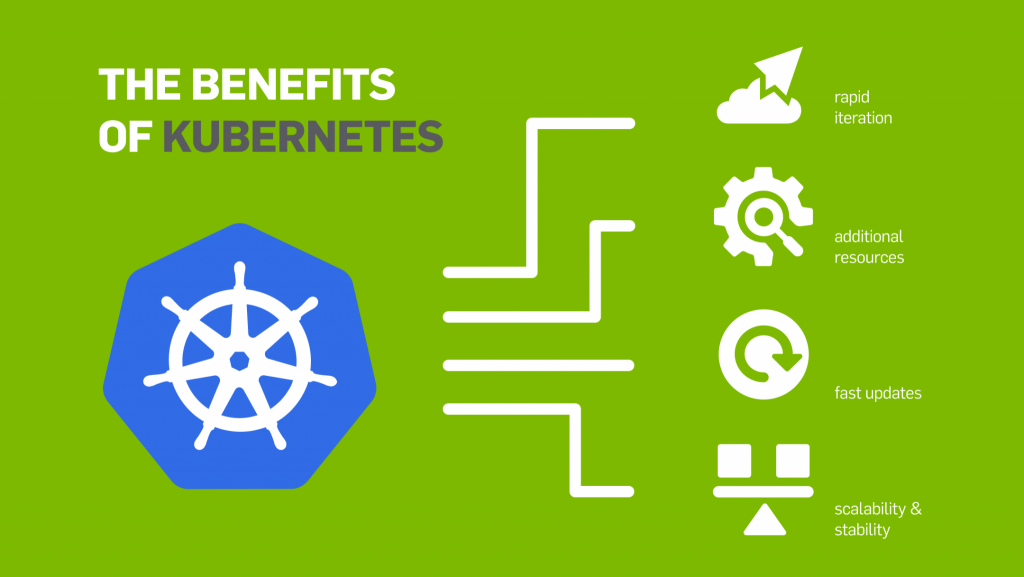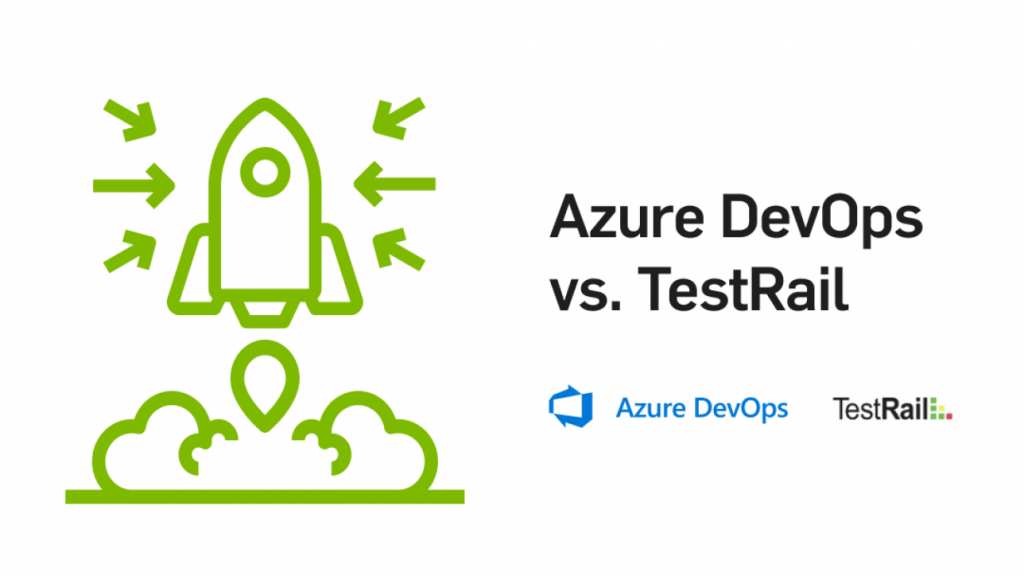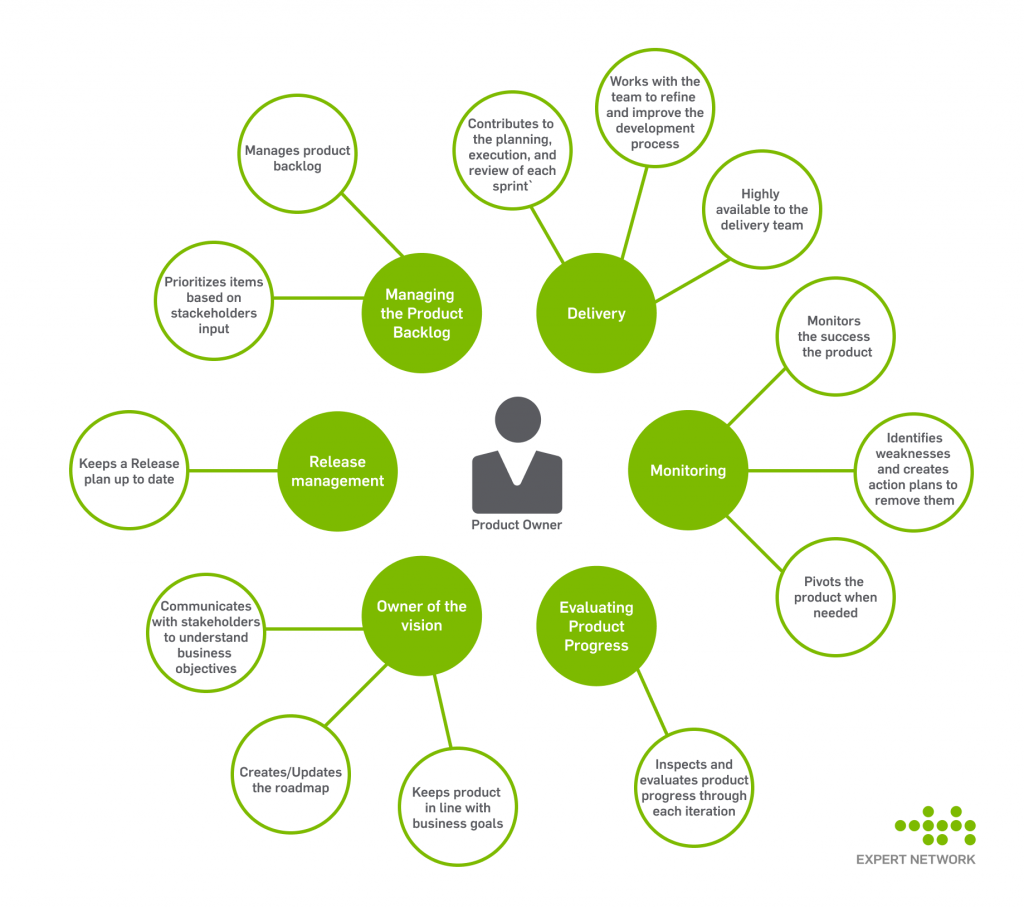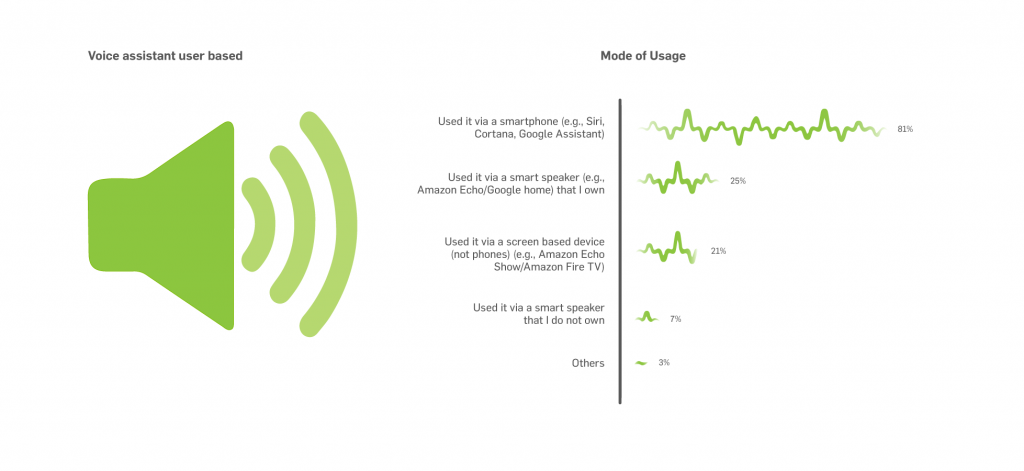IT infrastructures are traditionally managed and configured manually, which made processes time-consuming, costly, inconsistent, and vulnerable to human error. But emerging computing revolutions and trends in recent years, such as cloud computing, have improved and transformed the provisioning of IT infrastructure. At the beginning of 2020 we decided to update the entire infrastructure of our system and went with Azure Kubernetes Service (AKS). The transition has caused a shift in our operations environment since AKS follows infrastructure as code (IaC) principles, which was something we weren’t used to following. Although the transition was not without challenges, we and our customers have experienced surprising benefits from the implementation of this new infrastructure.
But what does IaC really mean, and how has it had a positive impact on us and our customers?
What is infrastructure as code (IaC)?
Infrastructure as code (IaC) is an automated type of infrastructure management using configuration files. In other words, it uses high-level descriptive coding language to automate the provisioning of IT infrastructure. This automation frees IT personnel and developers from having to manually configure, manage, and monitor infrastructure elements. As infrastructure configuration takes the form of a code file, it can be rapidly created, tracked, and deployed in the same way we do with the application code. In this way, IaC brings the repeatability, transparency, and rigorous testing of modern software development to the management of infrastructure.
The positive impact and benefits of IaC
Traditional manual IT practices are notoriously costly, slow, and inconsistent. In a time where hundreds of applications are deployed daily and infrastructure is constantly torn down or scaled up and down in response to developer and user demands, automation is essential to remain competitive. IaC makes this automation possible in infrastructure management and can be associated with many other benefits.
- Speed and efficiency. Provisioning and management are faster and more efficient with IaC automation compared to manual processes. Since the complete infrastructure of every environment is defined in code, every phase of the software delivery cycle is accelerated. Time-consuming tasks are reduced to mere minutes so DevOps teams can deliver applications and their supporting infrastructure rapidly and at scale.
- Control and lower cost. IaC lowers the cost of infrastructure management by automating tasks previously performed manually by specialized professionals. It frees developers from slow, error-prone manual tasks so they can focus on developing innovative software solutions instead.
- Reduce risks and errors. IaC and automation reduces risks, human error, and prevents runtime issues or security vulnerabilities caused by configuration drift or missing dependencies.
- Consistency. The repeatability of IaC guarantees that the same configurations will be deployed constantly without discrepancies. This allows the rapid creation of consistent infrastructure and environments, which also helps in avoiding unique “snowflake” configurations or configuration drift caused by unintentional manual mistakes.
- Validation and Tracking. Since the infrastructure is versioned, workflow is transparent and changes can be easily audited and tracked. The who, when, and why changes were recorded and can be reviewed, providing a history of how environments were built, increasing awareness of changes to infrastructure.
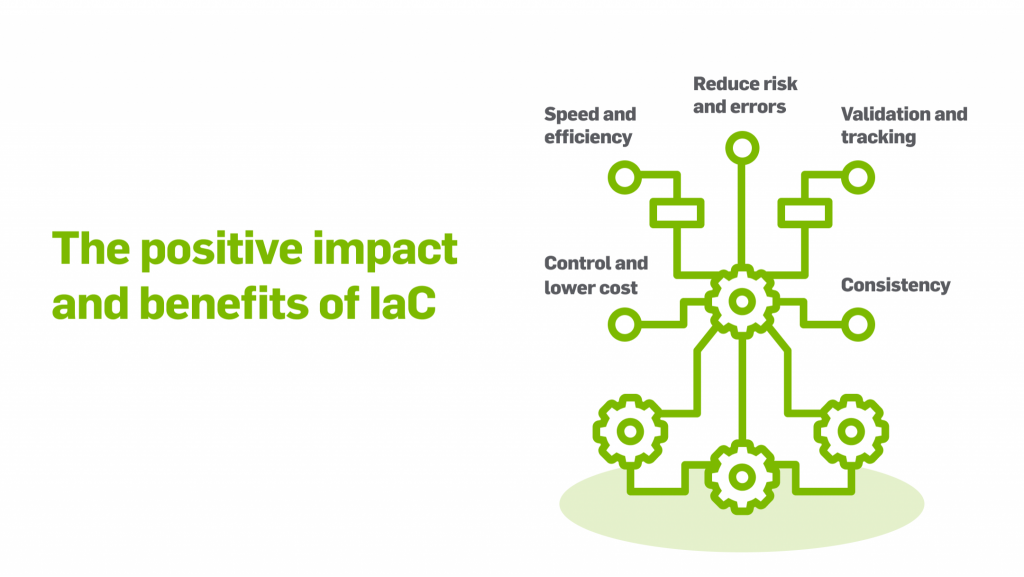
The challenges faced in our transition to a new infrastructure
Our transition has contributed to the increased scalability, efficiency, performance, and consistency of our processes, but the journey up to this point was not without challenges.
Moving to an IaC infrastructure means no more fancy user interfaces to help with certain deployments. For example, it is much easier to deploy a virtual machine (VM) using the Microsoft Azure portal instead of writing code, since there is a lot of room for mistakes when writing code.
Another obstacle was allocating enough time to overcome the learning curve. IaC requires additional tools and advanced coding skills that need to be learned and practiced. At the beginning especially, we had to invest time into learning how to code our infrastructure since the code files (JSON, YAML, etc.) needed to follow a precise structure. Plus, resource provisioning can take up a lot of time, and patience is necessary to prevent avoidable mistakes.
Moreover, migrating to a new infrastructure has also increased the complexity of our system.
In order to be sure that our system is future-proof, we had to migrate to other frameworks, using Linux instead of Windows, and rethink essential parts of our system such as monitoring, caching, and networking. All those changes proved to be a long and demanding task but in the end, we are more than happy with what we achieved.
Integrating IaC into projects
We have integrated IaC into several projects and we will briefly use our collaboration with AutoDialog to demonstrate the benefits our customers have experienced as a result. It’s worth noting here that amongst the many additional tools available, AutoDialog uses IaC only with AKS, something we wish to expand in the future.
AutoDialog is a software for garages, car dealers, and their customers that makes processes and communication more transparent, simple, and efficient. It provides a dialogue between customers and car dealers or garages so customers can gain insight into the work process through an intuitive interface and fun-to-use platform. It connects all underlying systems so schedules, quotations, checklists, updates, and more are communicated mutually, transparently, and quickly.
Within AutoDialog, they have experienced several benefits from the implementation of this new infrastructure:
- In the past, they had to deploy their infrastructure in another environment, which ate up time and introduced complexity or errors. With IaC, they can now deploy their infrastructure easily within a couple of minutes, and clean-up is even faster.
- Since the infrastructure is versioned, they have full traceability and workflow transparency. The who, why, and when infrastructure changes are made is tracked and every change is reviewed when the pull request is made. This ensures that everyone is aware of changes and there aren’t any surprises later down the road.
- The infrastructure code is readily available for everyone and improvements are welcomed.
- It has freed developers from performing manual, error-prone tasks, and ensures that the same mistakes are never made again.
Why IaC might be for you
As more organizations strive to respond with speed to opportunities and competitive threats, many are turning to IaC automation to help facilitate this. Using the right IaC tools will automate infrastructure provisioning, which in turn helps to control costs, save time, and reduce errors. IaC automation also accelerates the software delivery process, provides workflow transparency, and enables teams to deliver stable environments rapidly and at scale. With the integration of IaC, developers and teams are freed from time-consuming and error-prone manual tasks, so they can instead focus on developing innovative solutions that add value to clients.




